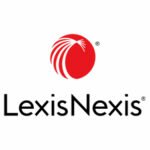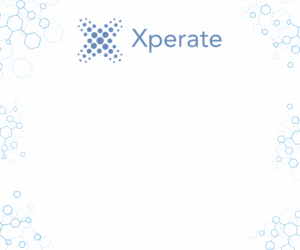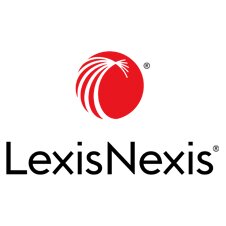Preparing your legal data for AI with LexisNexis
In today’s legal world, the use of technology to improve business efficiencies is an accepted standard practice, common place amongst most legal departments. What was once, according to some, an industry seemingly ‘unaffected’ by changes in technology, the emergence of generative AI has meant the industry is seeing a rapid shift. The latest statistics show that four out of 5 lawyers now use or plan to use AI for work. Granted, this is most prevalent within the large law sector, but legal services providers across the board are now changing the way they see legal technology as an essential tool to make a positive change to productivity and profitability.
Furthermore, two out of three organisations in the legal sector have reported to have already made a change to implement generative AI in their firms – e.g. offering a GenAI product to staff, altering their pricing structures, developing generative AI company policies etc. This does beg the question; how many have opted to take a step back to evaluate the process of adopting this technology? In fact, how many have considered the changes to the technology already in use within their business to achieve efficiency benefits, potentially like those realised from AI adoption in law firms? Moreover, how many have reviewed their legacy systems in legal for the data and knowledge that could potentially be leveraged to enable themselves to take advantage of generative AI?
Firms and companies considering a generative AI journey need to ensure that they have a clear understanding of what the tech is capable of and how their current system and data may impact successful adoption – at minimum, it is essential for there to be an awareness of the amount of data presently held by the organisation.
Furthermore, to maximise the benefits of generative AI, business’ data warehouse management must be in order. If there is inaccurate or cluttered data feeding an expectation for generative AI to be able to work efficiently and as accurately as possible, regardless of the data structure in place, it could be likened to expecting an artist to paint a masterpiece with an already dirtied palette. Whilst a result will be generated, it will not be as clean or concise as desired.
Data cleansing for AI
Cleansing a data warehouse is a daunting task. How do you determine what is and isn’t needed? How do you know what you might need in the future? Ultimately, you don’t know what you don’t know! However, there are considerations to factor in when cleansing your data.
Rules and regulations
As the rules around data retention and holding client information progressively tightens, the SRA has the authority to publicly ‘name and shame’ firms who have complaints made against them. Furthermore, with clients having the ability to request records of every piece of data legal providers currently hold, it begs the question, is it worth the risk of holding this unmanaged, prohibited information and risk the possibility of having a complaint made against you? In any case, the ramifications of holding historical personal data could prove detrimental to any business.
Data storage
If a further reason was needed to cleanse your data warehouse, there is the issue of storage and the consequential performance of using said data. Adding new data to the warehouse without removing the old detritus can be likened to cramming your sock drawer – it becomes chaotic and difficult to find the right pair, leaving you out of sorts and wearing your Friday socks on a Monday! This could easily be avoided with a regular cull of the pairs you don’t wear anymore, so finding the right pair is no longer an issue. From a business perspective, if data is regularly verified and cleaned, financial benefits could be gained whereby, there may be no need for an investment in additional storage – whether your data is stored via a cloud option such as Azure, or on-premises.
How can Visualfiles help you manage your data?
Visualfiles has several tools that can be easily deployed to help achieve a mass cleanse. As part of our standard offerings, there is a bulk deletion capability within which, all data held by the firm that does not fall within the pre-defined criteria directed by your business, can be deleted. There is also the file lifecycle management functionality, enabling you to keep on top of your stored data, as well as an archiving tool to help reduce the amount of data stored. Think of it as if you were moving house, first you deep clean, then you organise, and then you move onto bigger and better things. All of this is perfectly possible through Visualfiles!
Whatever your motivation is for getting your data in order, be this to embark upon your first steps into generative AI or to “clean house” and have a tidy – it is well advised!
Please contact salesinfo@lexisnexis.co.uk for more information, or if you’re already a customer, contact your account manager for further information.
Links to additional resources
- AI- data warehouse cleansing
- How to prepare for AI
- Top 5 ways of doing so which already exist in VF
- Data deletion tool
- Obfuscation tool



